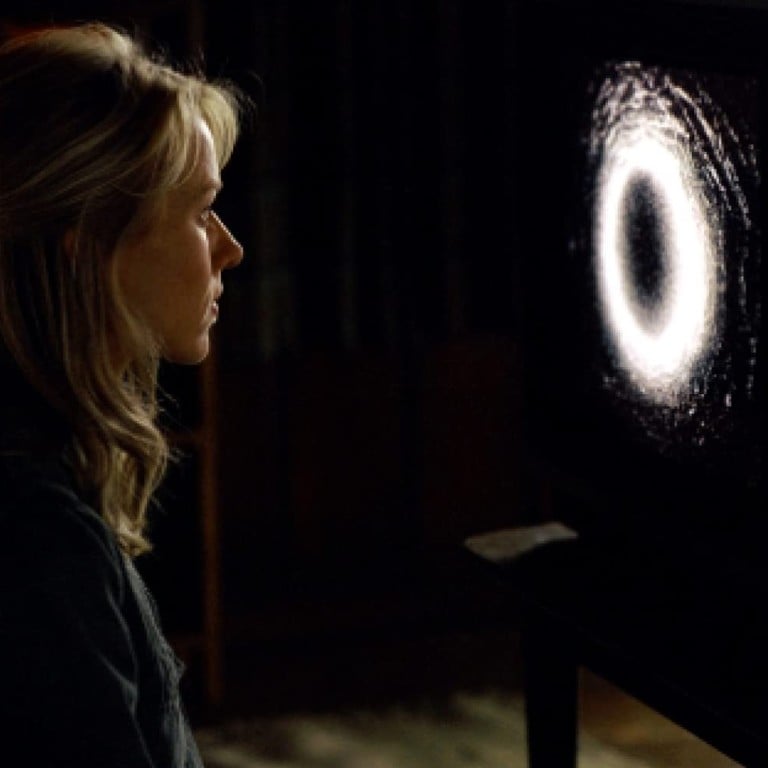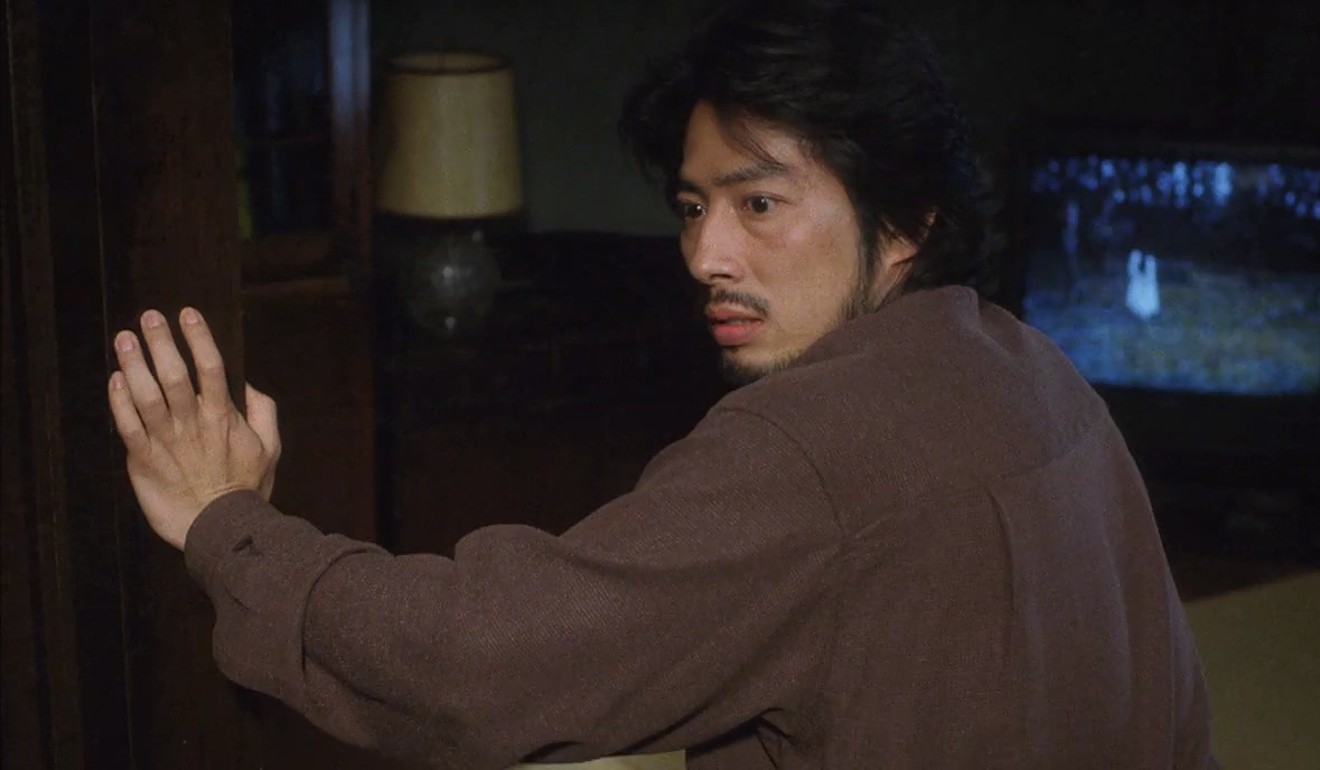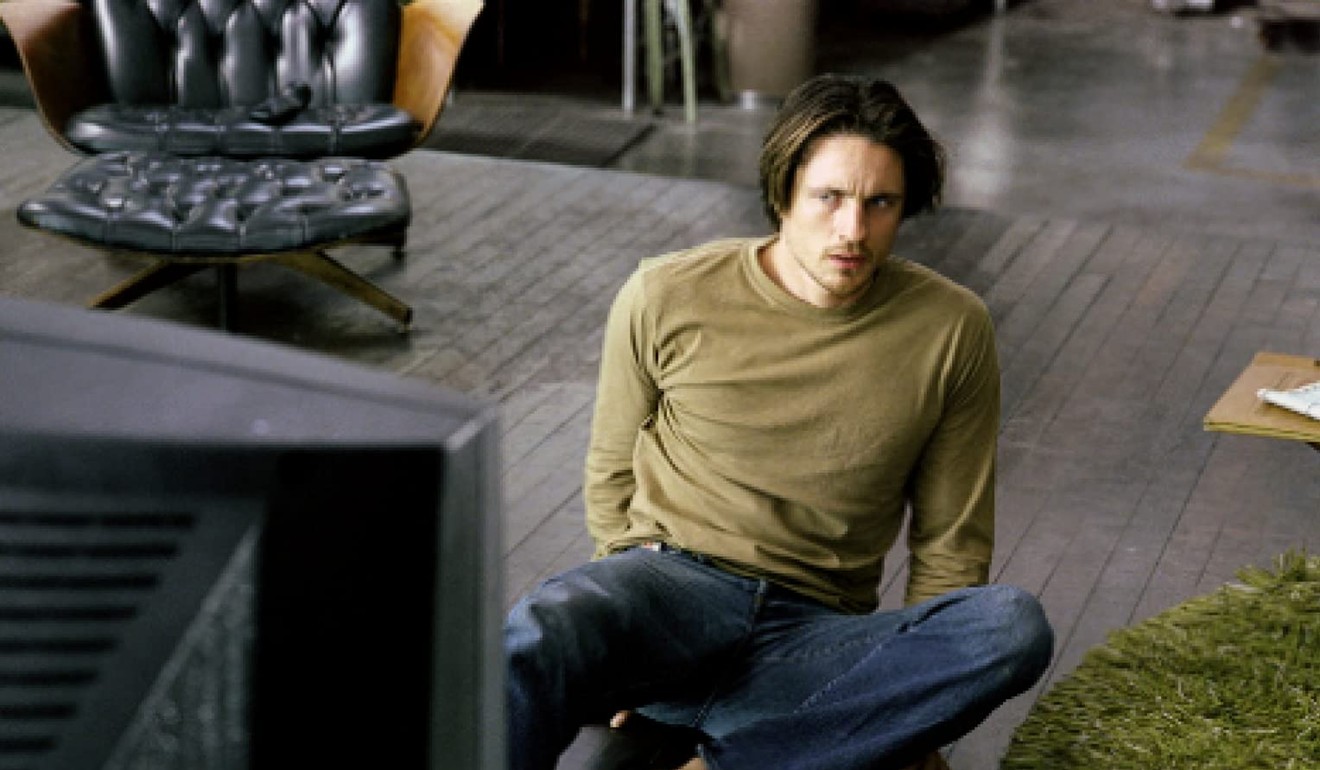
Shock vs dread: how J-horror classic Ring (1998) compares to its 2002 Hollywood remake
- The original low-budget Japanese version of the horror film used dread instead of jump scares, was claustrophobic and had a great ending
- The US remake had Naomi Watts playing a strong lead role and 40 times the budget, but lacked subtlety and relied on shock
Warning: This article contains major spoilers.
Directed by Hideo Nakata and based on the 1991 novel by Kozi Suzuki, the 1998 film Ring (aka Ringu) kick-started the J-horror craze of the late 1990s and early 2000s.
The set-up may be simple – a cursed videotape that kills viewers seven days after watching it – but the pay-off is genuinely frightening, as murdered psychic Sadako (Rie Ino’o) crawls through the TV screen to claim her next victim.
Though the film suffers from a weak heroine in the form of reporter Reiko Asakawa (Nanako Matsushima) and some iffy detective work, it retains much of its power 20 years later for three reasons.
First, it relies on dread rather than jump scares, counting down the days towards Reiko’s potential death while refusing to reveal how that death will come about. Second, it has genuine points to make about loneliness and technology.
And finally there’s that ending, one of the great scare sequences in horror cinema history.

Arriving just four years later, Gore Verbinski’s American version is well regarded, especially when compared to the glut of remakes that followed.
Having moved the setting from Tokyo to Seattle, The Ring (2002) features a strong lead in Naomi Watts (playing pushy reporter Rachel Keller) and high production values (the budget was 40 times larger than Nakata’s), and serves as a gateway film for Western audiences keen to explore J-horror.
And yet there’s no dread, no subtext, and the ending is a total bust.
Most bizarre of all is the inclusion of a subplot about suicidal horses running, spooked, into the ocean, presumably because of the psychic powers of villain Samara (Daveigh Chase). This makes for some striking imagery, but never quite meshes with the rest of the story.
You can practically hear the executives asking screenwriter Ehren Kruger to open the film out from its original claustrophobic confines.

Hollywood horror often prefers shock tactics to subtlety, but The Ring really hammers its points home. Rachel’s niece Katie (Amber Tamblyn) is the curse’s first victim. “You didn’t see her,” shudders her mother (Lindsay Frost), before we flash cut to her daughter’s disfigured corpse just so we can.
Later, Rachel walks under a ladder and is told, “Watch out missy: bad luck!” by a workman, and her ex-husband Noah (Martin Henderson) buys cigarettes from a corner shop, only to be warned, “You’re gonna die!” Rachel and Noah’s son Aidan (David Dorfman), meanwhile, is so OTT creepy he purrs, “Goodnight Rachel,” like a mini Hannibal Lecter.
But the film’s biggest stumbling block is the treatment of Samara herself. Because of Sadako’s minimal screen time, uncanny appearance (footage of Ino’o walking backwards was reversed, making her movements look odd and inhuman) and unknowable motives, her eventual appearance is terrifying.


But Samara is just an ordinary seeming all-American kid – Chase even voiced Lilo in the Disney film Lilo & Stitch – with a grumpy demeanour and greasy hair.
When Samara comes to kill Noah, Verbinski totally drops the ball, relying on bad CGI and then cutting away at the most critical moment. As a sequence it’s not so much petrifying as perplexing: how did they get it so wrong?
Not that audiences minded. In fact, The Ring was a huge hit, quintupling its budget and offering the West’s genre fans something different from endless found footage and Scream rip-offs. But its success probably says more about the quality of Hollywood studio output than it does about the quality of the film itself.
Indeed, if you ever meet a horror fan who prefers the remake to the original, proceed with the utmost caution.
In this monthly feature series exploring Asia’s impact on international cinema, we examine how the continent’s directors have fared in Hollywood, whether its most popular films survived the remake process – and at what cost.

